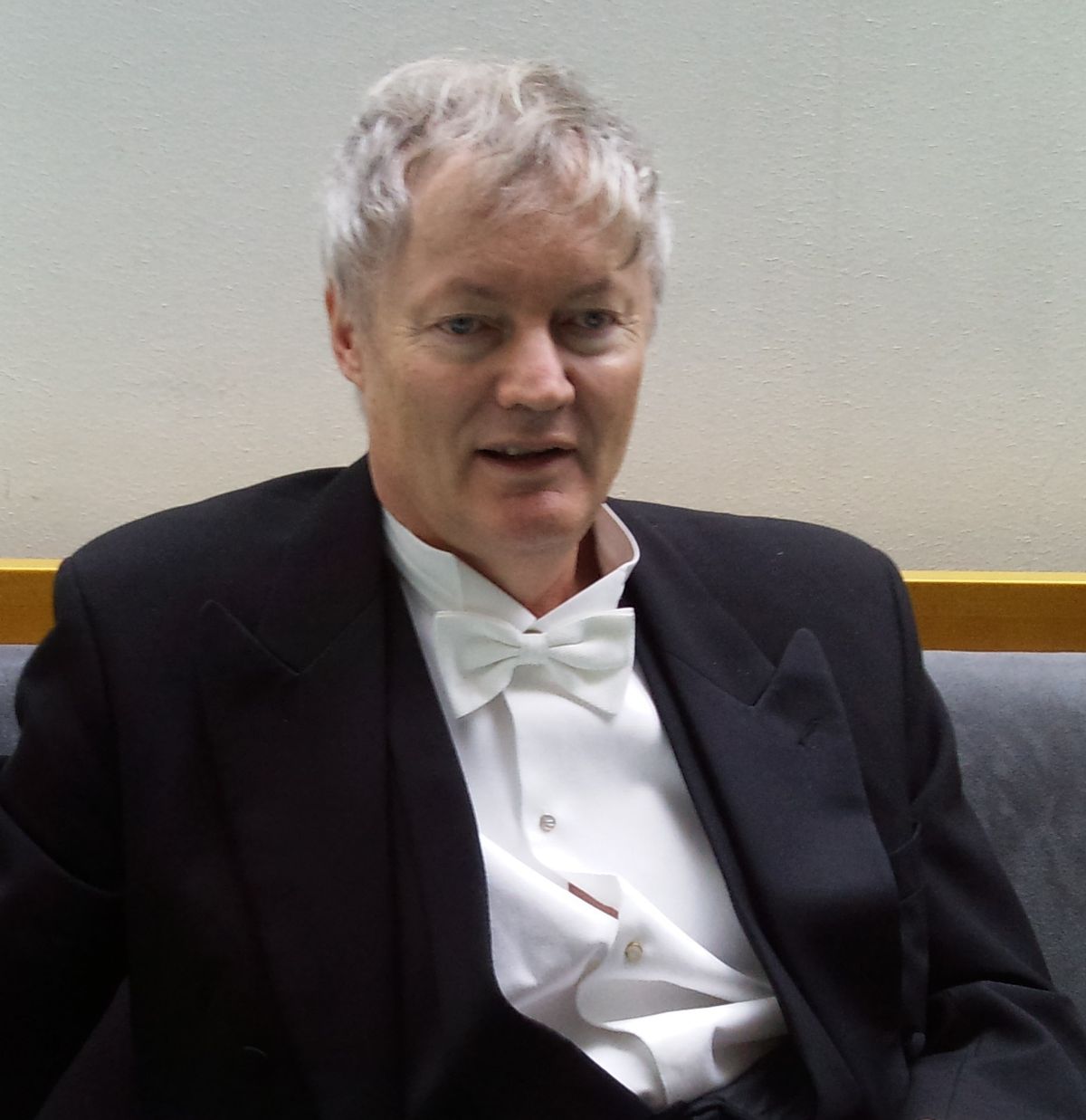Last month I had the rare opportunity on two separate occasions of sitting down with two world-renowned Swiss scientists.
--Is the future of dye-sensitized solar cells primarily in the area of powering of electronic devices, i.e. laptops, or could it have a place in the power grid?
--Was he aware of the work of Angela Belcher in using viruses to manipulate carbon nanotubes for use in dye-sensitized solar cells,and were there any other innovations that he saw as key to the further development of DSSCs?
--Is improving the conversion efficiency of DSSC the most critical technological hurdle for the cells?
While I did record the responses from Dr. Grätzel, the audio quality was fairly poor due to it being in a busy lunch area for the conference. So, I will quote some of his responses here.
“It is also a very strong contender for building integrated photovoltaics (BIPV). The DSSC is the only solar cell that can be used to realize transparent glass facades, skylights and windows that produce electric power from light," he added.
“Other potentially huge markets targeted presently by industry is to print the DSSC on coil coated steel for roofing and cladding. The commercial production of flexible and light weight devices has already started in 2009.The DSSC is something that will add new markets to the present applications of silicon ells but it will not confront conventional PV cells at this stage .”
However, he was quick to point out that DSSC does have distinct advantages over silicon cells. “We [DSSC] have no competition for example here in these light conditions [low interior lighting]. Here we are the best. From indoor applications and for outdoor applications in ambient light that is where money is being made now by the companies that have invested in DSSC,” he said. “But that’s not the only goal. The final target is to mass produce modules that have presently reached 10% conversion efficiency for large scale solar electricity production including applications for roof tops and solar farms.” In 2010, Sony did in fact demonstrate a prototype module they based on DSSC technology with a10% conversion efficiency.When it came to the question of conversion efficiency, Dr. Grätzel seemed resigned to the percentage game that seems to exist, but believed that kilowatt hour (kWh) to price was a more significant metric.
“We have to play the game. We have to go and have our efficiencies validated by an accredited PV calibration laboratory. We cannot create a different world where we just say we are the best,” he said. “We are living exactly with the standards that silicon has set in terms of efficiency and stability. “But, on the other hand, it is true that when it comes to the advantages we should also play those up as well,” he said. He added that under certain outdoor exposures DSSC will already out perform silicon in the key metric of kWh price “In the end, what we would really like to see is kWh price used as a metric in addition to peak watt price. The peak watt price is a good standard but when it comes to outdoor applications it often does not reflect reality such as the performance under cloudy conditions and the drop of conversion efficiency with temperature encountered by silicon solar cells,” he said. When I asked about the work of Angela Belcher based on the DSSC, his response was clear “That’s a real breakthrough we can learn a lot from her fascinating experiment. ” But perhaps more intriguing is that he and his team are submitting their latest research this week on new dyes that break some previous conversion efficiency records for DSSC.It seems as though DSSC technology is really taking hold recently and developments both commercially and in the laboratory are accelerating.
Dexter Johnson is a contributing editor at IEEE Spectrum, with a focus on nanotechnology.





